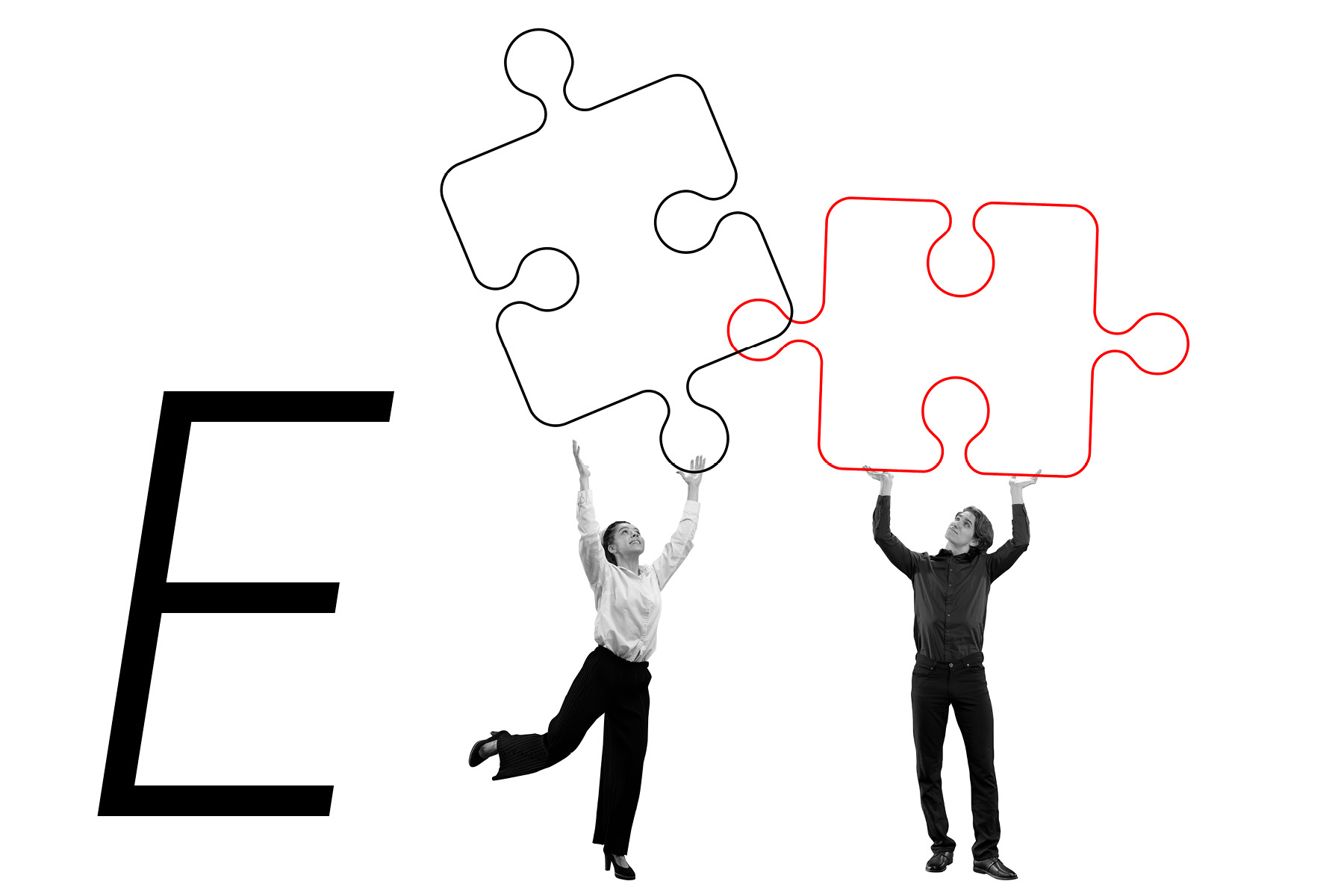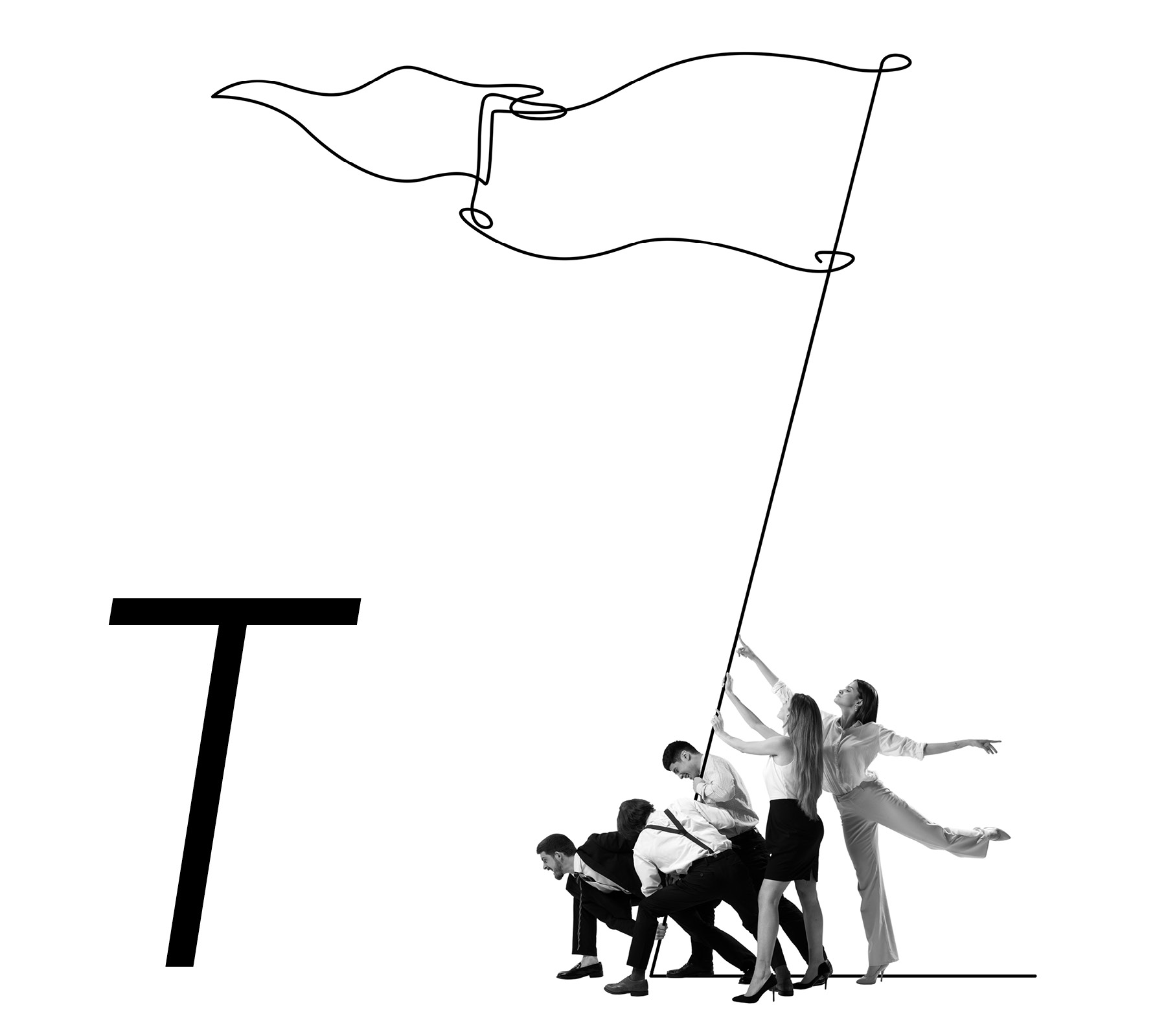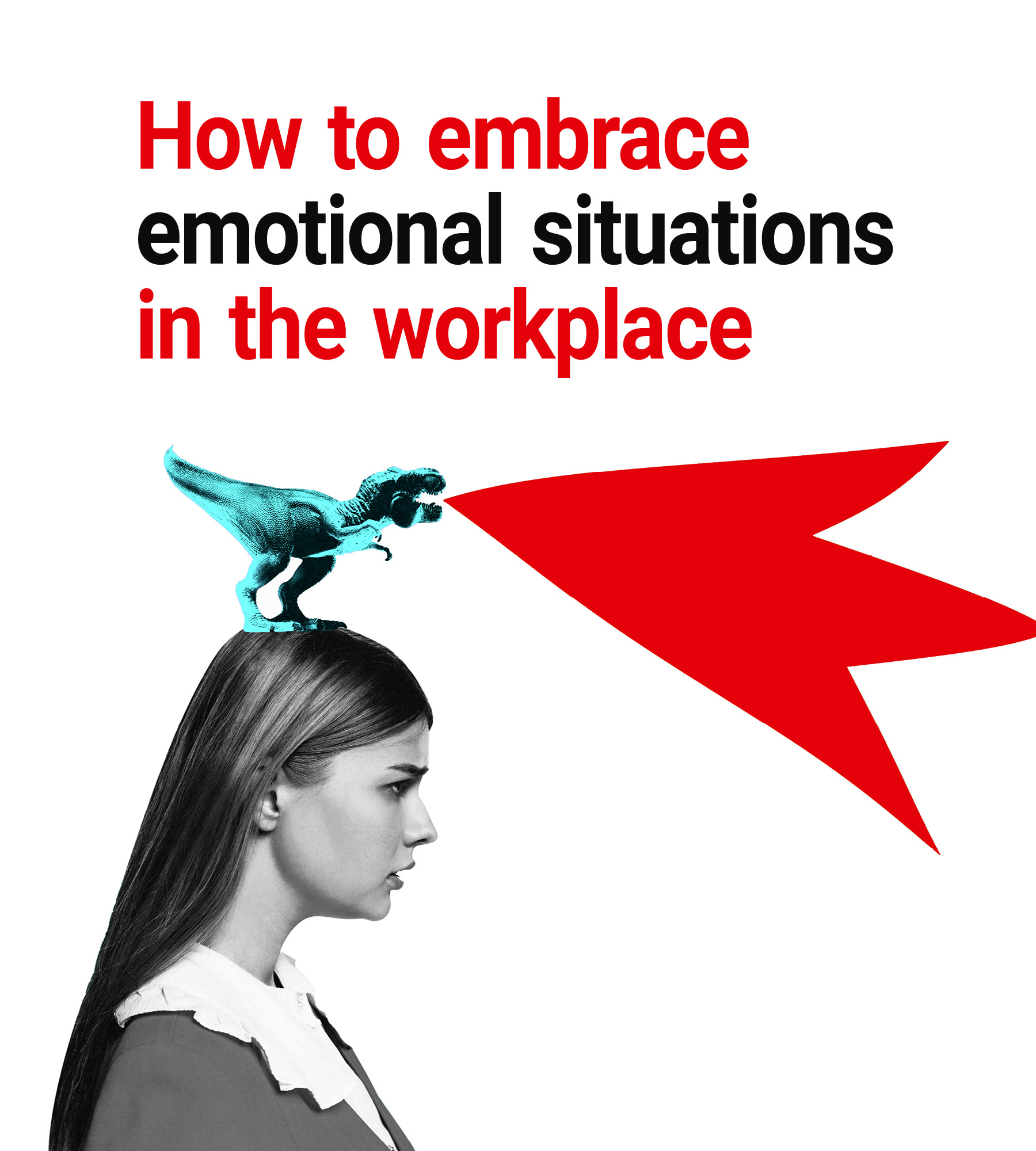Language
You can read the magazine in one of the following languages
The scenario I’m about to describe is easy to picture because we’ve all been there. Imagine you are sat in a management team meeting where everyone’s buttoned up and the atmosphere is formal. Then out of the blue, a team member’s usual business-like demeanor cracks.
The teammate’s face becomes flush, their brow furrows, body language tightens and their tone of voice gains an edge. They become defensive or frustrated and then perhaps withdraw. And everyone pretends not to notice, or worse, pretends not to notice then quietly judges the person afterwards for ‘getting emotional’.
Mindfulness meditation is a fantastic tool to help you encounter work’s (and life’s) rockier moments with equanimity, clarity and calm.
Many of us learned early in our careers that emotions have no place at work. Yet emotions are part of the human experience. If we can’t work through them with people we trust, they just build up and surface in other, often less constructive ways.
So rather than avoiding them or quietly judging them when they arise, why not equip yourself as a leader to create conditions where your team can feel heard and supported? One way is to use the ‘GREATT’ model for navigating emotional leadership situations, which I developed earlier this year.

Emotions are neither good nor bad; they simply exist. The less we recoil at the idea of emotions surfacing at work, the better we can handle them positively. They give us the opportunity to show our people we really care about them as individuals, which research increasingly shows is the key to employee engagement.
There is real business upside to being a caring, warm leader to the people you supervise.

When we stop viewing emotions as something to avoid, it becomes easier to identify, recognize and regulate our own feelings, including the ones we don’t even realize we are expressing.
When one of your followers becomes emotionally charged, do your shields go up? If they do, take a deep breath, find your equilibrium and respond to the situation calmly and fairly. That’s the key to turning the moment into a net positive between you and your employee, one that could benefit their productivity in the long-term.
PRO TIP: Mindfulness meditation is a fantastic tool to help you encounter work’s (and life’s) rockier moments with equanimity, clarity and calm. It requires only five-to-10 minutes a day to experience positive results. And you can gain larger benefits quickly, within weeks. Give it a try if you haven’t.

When you notice a team member’s emotions bubbling to the surface, try and put yourself in their shoes. Imagine how you might feel under similar circumstances. Reassure them through your words, a comforting tone of voice and open body language, showing them that their feelings are valid and their humanity is welcome.
Be a leader who allows your fellow leaders to be human, with good days and bad.
Take care to convey nonjudgmental, sincere interest in their struggle or frustration. They’ll appreciate you giving them the space to be human.
PRO TIP: Avoid saying, “You are being emotional”, which can sound judgmental. It is far better to say, with affection, “You’re frustrated, I hear you, and I’m here to listen openly”.

Ask questions that are open-ended, forward-looking and from a place of neutral, genuine curiosity. Show the individual that you’re intrigued by how they might navigate their predicament on their own accord and that you’re happy to help them think it through.
PRO TIP: Ask coaching questions, the kind that begin with: What, How, When or Where. For example, you might ask an anguished or angry colleague: “How might you get out of this tricky situation in a way that leaves you healed and whole?”

Have faith that your team members can and will work through their emotions if you hold a respectful and appreciative space for them to do so. Let them talk and greet their words with warmth. Often when we are frustrated, we simply need someone to listen to us in an attentive, caring way.
PRO TIP: There is a terrific acronym in Claire Pedrick’s book, Simplify Coaching. With it, we can remind ourselves to let a frustrated or anguished colleague hold the floor for as long as they need.

A colleague telling you how they really feel is a gift. Now you know more about where they stand. And they now know you care about the real them, which research shows is very likely to boost their engagement and productivity.
PRO TIP: You might say something like, “When one of us is brave enough to show our humanity, it gives all of us a bit more latitude to be ourselves. And the business will perform better when we’re ourselves. Thank you.”
Be a leader who allows your fellow leaders to be human, with good days and bad. Allow them to have, even express, their moments of inspiration and joy, and their moments of insecurity and fear.
When they are free to show up authentically and know they are appreciated for all their humanity, you will unlock so much more of their potential and make a true difference.

Shane Kinkennon
Contributor Collective Member
Shane Kinkennon has spent decades as a consultant to senior leadership teams and boards of directors, largely as a strategy developer and planning facilitator. He helps executive leaders inspire, cultivate and positively persuade their fellow leaders to drive terrific business outcomes with the best leadership theory and management practices. Shane is a former Chief Strategy Officer, former COO and career expert in strategic communications, public affairs and marketing communications. He works in private practice and resides in Denver, Colorado. For more information visit https://www.shanekinkennon.com/
